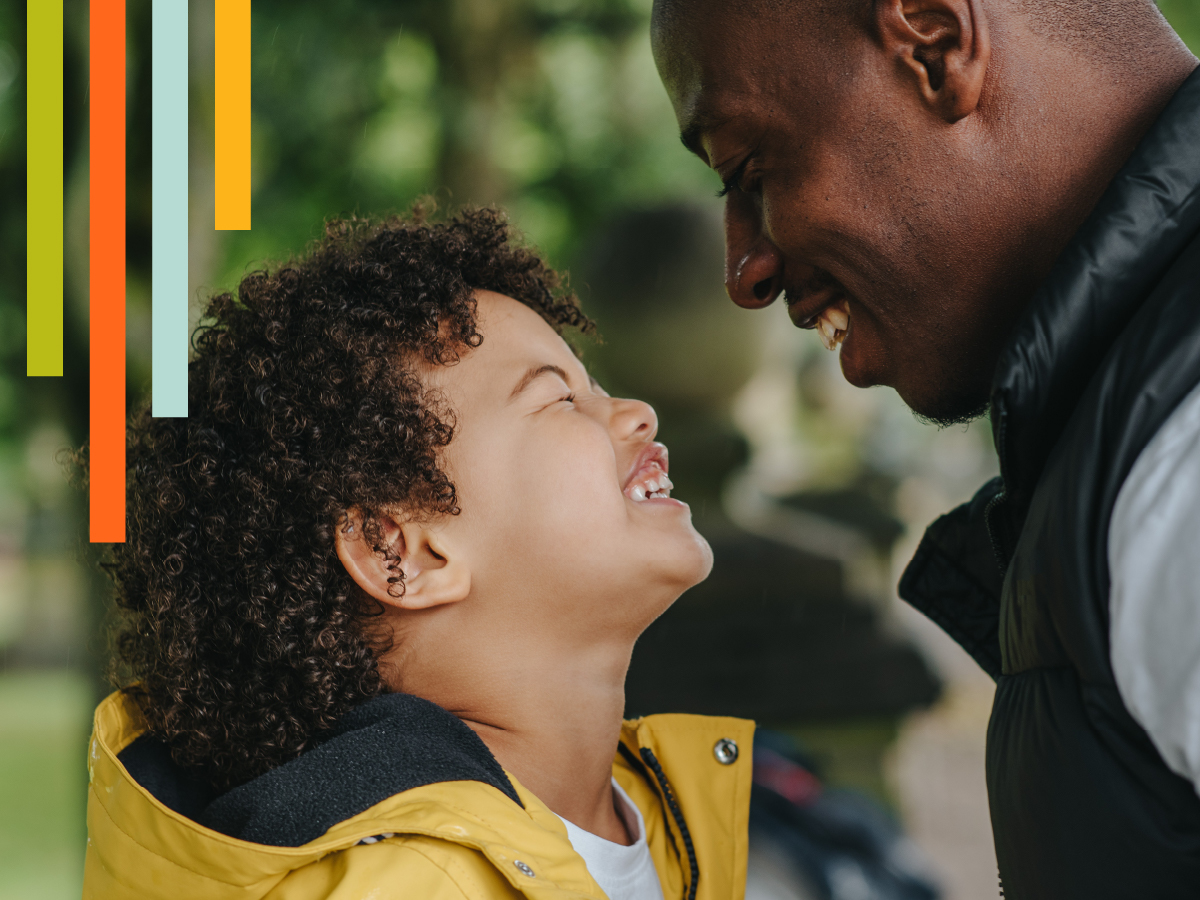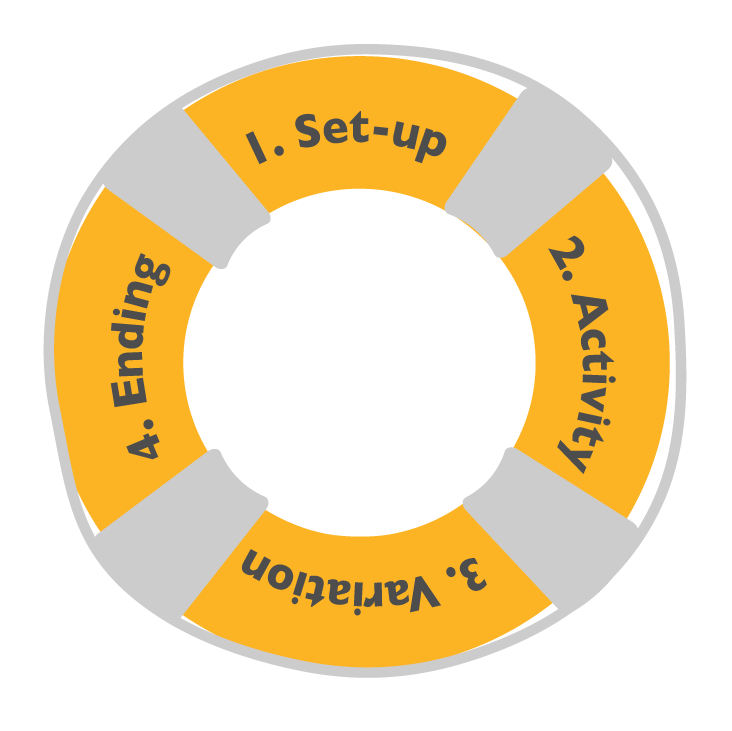
How to Teach Your Young Child a Dressing Routine
How to Teach Your Young Child a Dressing Routine
From morning to mealtime, our lives as adults are filled with everyday routines. This is also true for young children; dressing, mealtime, toileting, and bedtime are some of the routines that they perform multiple times every day. Effective routines allow children to feel safe and secure in their environment, understand everyday events, learn what is expected of them, benefit from unlimited learning opportunities, and become more cooperative. Ineffective routines, on the other hand, are exhausting and lead to power struggles and frustration for everyone involved.

We want to SAVE you the pain and frustration that comes with having to struggle day-in and day-out with daily activities. If routines are fun, predictable, have appropriate transition cues, and have room for flexibility, they can not only help reduce challenging behaviors (tantrums, hitting, biting, etc.), they can also be a source of joy and connection for you and your child.
We’ll first explain how you can use the SAVE approach to teach your young child a dressing routine. We’ll begin by demonstrating how you can break this process into four practical and approachable steps that allow you to engage with your child and enjoy this shared time while teaching them important skills.
Set-up
The first step is the set-up, or opening, of the activity. This is where you first hook your child’s attention and motivate them to participate. Use preferred toys, songs, and activities to make what you’re doing fun to encourage cooperation. It’s important to pay attention to what your child is doing prior to you starting the routine, because that’s your competition — you need to be more fun than whatever they’re currently enjoying. With a little planning, you can avoid a power struggle.
Here are some strategies for setting-up a dressing routine: offer choices — lay out two sets of clothes and let them pick out the one they like; elicit curiosity — have them guess where they’re going by the clothes you picked out; make it a game — instead of telling your child it’s time to get dressed, try racing them to their room; make inanimate objects talk — lonely shoes can whine, “I feel cold and empty. Won’t somebody put a nice warm foot in me?” Employing some of these strategies transform a once-tedious activity into a lively routine.
Activity
After the set-up, you have the activity, or routine, itself — dressing. Learning to get dressed builds your child’s confidence and independence. And let’s be real, once your child can dress themselves, that’s one less thing for you to do. For a child to learn to dress themselves, they must learn a series of complex steps. It helps to break the task down into smaller, more teachable steps and teach one step at a time. For example, you might put your child’s shirt on over their head and then stop and let them put their arms through. Once they have mastered that step, teach the next one.
During the activity, you want to take turns to ensure you have shared interactions. You also want to make sure you’re praising your child and reinforcing their effort. Remember, this isn’t just about the task at hand, it’s also about having quality time with you.
Variation
Next up, the variation or elaboration phase. This aspect is important because it keeps your child engaged over time and encourages creativity and imagination. There are endless ways to elaborate. As they get dressed, sing a little song together (stopping when they stop dressing), or play peek-a-boo when their head pops out of their shirt. Your variation can even involve your shared conversation; take this opportunity to talk about the weather or how different fabrics feel to build up their vocabulary and teach them new things.
Ending
Finally, each routine ends with the closing and transition. With dressing, a natural closing would be putting clothes in the hamper or looking in the mirror and talking about your child’s looks. However, transitions can be really difficult for children, especially for those with autism.
In this case, think ahead to how you can motivate your child to want to finish a routine and transition to the next activity. For example, maybe you know your child loves breakfast — talk about what they want to eat when they finish getting dressed. If you can find ways to put your child in charge, you can avoid a power struggle. Closing and transitioning in an organized fashion allows you hold your child’s attention through the transition and helps them anticipate what’s coming next.
Dressing and Grooming Routines: What to Remember
Here are some takeaways for creating effective dressing and grooming routines with your child:
- Find a way to hook your child’s attention and get them motivated to participate.
- Involve your child in each part of the routine; allow for back-and-forth interaction.
- Think ahead to how you’ll approach each step, putting in the work up-front pays off in the end.
- View this time as an opportunity to learn and connect, not as a chore.
- Be playful and have fun!
Thanks for reading our first installment in our series on daily routines. To learn more about how Young Mind Community Center approaches establishing routines for learners with and without autism, read about the excellent Early Start Denver Model we put into practice.

Sorry, the comment form is closed at this time.